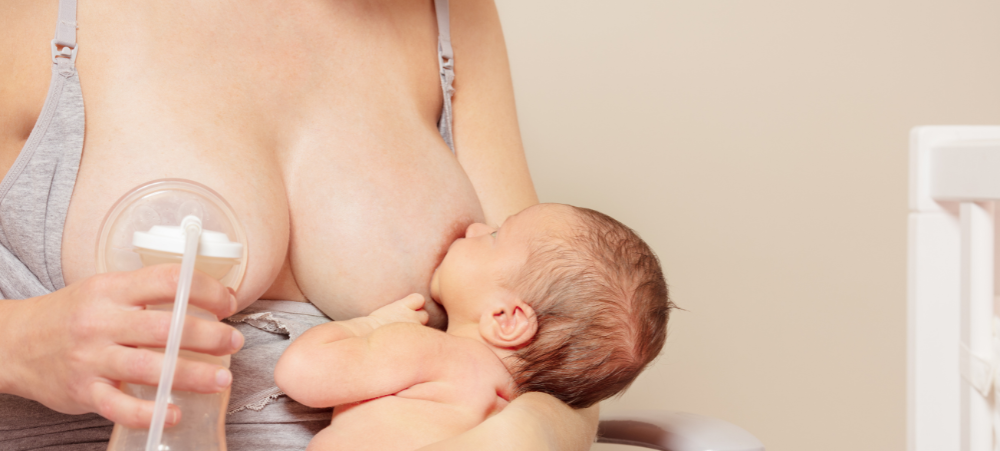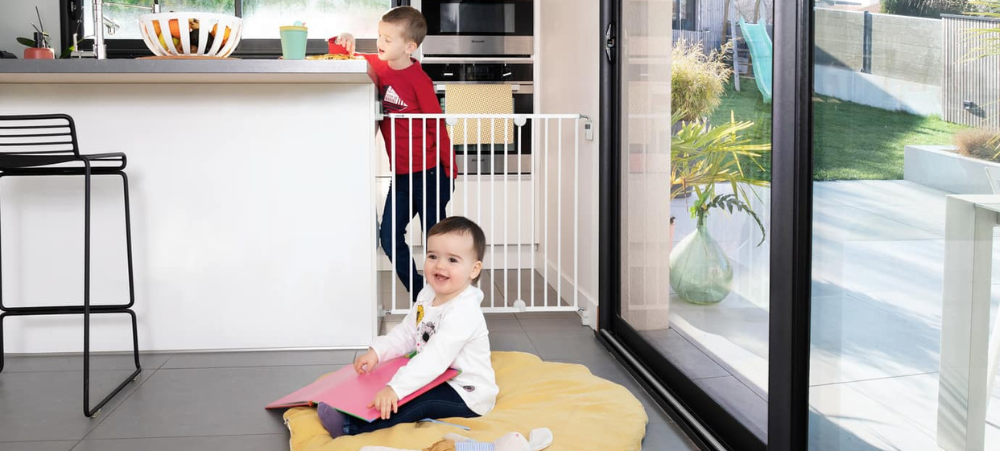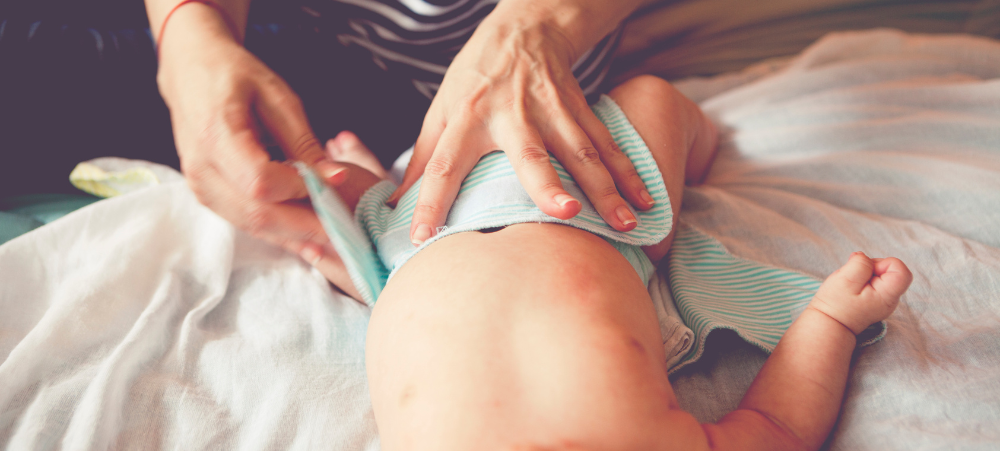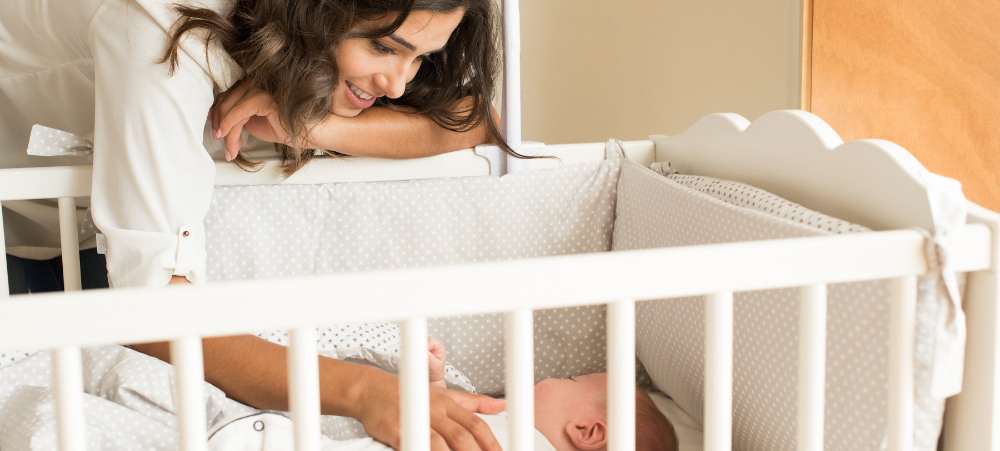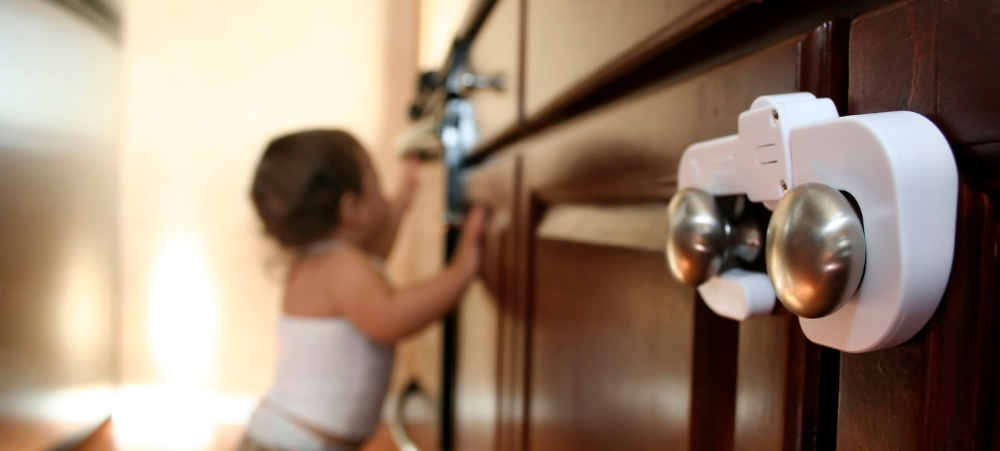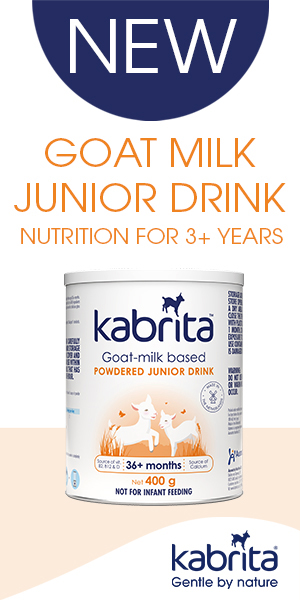
Breast pumps to the Rescue: Why this Vital tool is a MUST in your Baby Care Collection
New times call for new tools and as a new Mum you will be discovering one of the most useful tools in your baby care collection that will support both your preparedness and peace of mind and your baby’s health and future development. Before you get nervous about tackling something new, using a breast pump is easily accomplished and once you get the hang of it, it will be like riding a bicycle hands-free. Firstly, why is a breast pump so necessary? To keep your baby supplied with an adequate supply of mother’s milk for their recommended two-year breastfeeding journey. To express milk for when you are away from your baby (or if they are prem or ill). You need to return to work after maternity leave and leave baby with a caregiver. Your infant is unable to nurse properly. To create an emergency supply. Your breasts are leaking, and you need to release the pain from engorgement. To supplement your baby’s first solid foods at meal times To allow other family members to step in and be involved in baby’s care. To support tired Moms by offering periods of rest and extended sleep time. Best for You There are three types of breast pumps available to new mothers and you will need to decide which is best suited to you and your new mothering lifestyle. If you are on an extended maternity leave and you plan to pump only once or twice a week, such as when you are going out dining and drinking for a special occasion, then a manual breast pump should be adequate for your needs. The Vital Baby Manual Breast Pump massages the breast by gently mimicking the natural suckling action of your baby to provide the most natural and effective experience. If you need to return to work after maternity leave, you may want to consider an electric pump to help save you time and convenience during your busy work week. The Vital Baby Electric Breast Pump behaves the same way as your baby would when feeding, offering a 2-phase expression for the most effective, fast and comfortable way of promoting breastmilk production. Phase one offers fast, small pulses to first massage and stimulate the breast to help induce milk flow. Phase two has slower and longer pulses to encourage ‘let down’, the clever natural hormone reaction where your milk will start to flow smoothly. With South Africa experienced unprecedented bouts of loadshedding, you will need to consider the charging capabilities of an electric breast pump and whether it is electric-only, battery operated or comes with a USB charging option. Vital Baby is the only breast pump available on the local market where the electric breast pump can be used as both a manual breast pump and an electric breast pump when the power goes off, so you are not left stranded. The third type of breast pump is a hospital-grade pump which is necessary for babies who are required to stay in the hospital due to health issues or following birth complications and requires you to pump up to eight or more times a day to supply milk for your new born and establish your milk supply. Some medical aids make breast pumps available through their maternity benefits up to a certain price limit, so check in with yours to explore your options and discover a breast pump best suited to your needs. Consider choosing a lightweight and low sound breast pump so you can stay mobile and pump wherever and whenever you need to. “I underestimated how important my breast pump would be with my first child,” says mum-of-three Brooke West. “It was around holiday time, and I was celebrating with family over a 3-course meal which I enjoyed along with a sneaky glass of champagne so I could feel part of the fun. My poor son was so gassy, niggly, and uncomfortable all of the next day, that I never made that mistake again. My breast pump became my best friend when planning to eat and drink foods without it harming or effecting my baby.” While alcohol remains an absolute no-no when breastfeeding babies, some foods can also cause upsets in your child’s digestive system and well-being, such as beans, broccoli, cauliflower, and some dairy products. Common allergy-causing foods include cow’s milk, soy, wheat, corn, oats, eggs, nuts and peanuts, and fish or shellfish. Some of the most frequently asked questions about breast pumps are answered here: How does it work? If you attended pre-natal classes before the birth of your baby, you may have been introduced to breast pumps already. It helps to be able to hold and feel the fit of the breast pump when figuring out how to use it for the first time. The flange is the plastic cup piece that fits over your breast nipple and areola (the dark skin surrounding your nipple) to create a light seal against your skin. When pumping, your nipple should be able to move freely inside the tunnel of the cup without too much of the areola being drawn in. The flange should create a light suction pressure to express the milk from your breast to flow into the bottle. TIP: Breast pumping should never feel sore or uncomfortable. When can I start breast pumping? New moms can start pumping at any time, however when you first start pumping you aren’t going to get a lot of breast milk into the bottle. This is because for the first several days after birth, your body is producing colostrum, which is thicker and a little more difficult to pump than the milk you will product later on. Keep going and try not to be frustrated. The key to pumping is to relax and think loving thoughts about your baby for the let-down reflux to kick in. If your baby is latching well, you are sure to find your mojo quickly. Within two to three weeks, your milk








